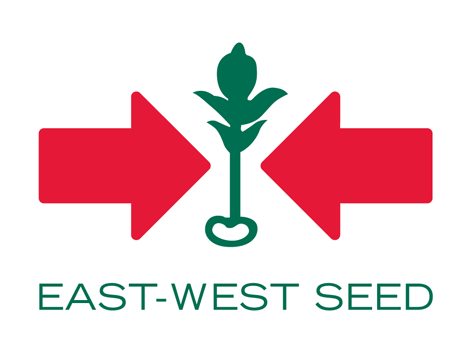Causal Agent:
Bacterium (Xanthomonas campestris pv. campestris)
| Characteristic Symptoms: | |
 |
Infected plants first exhibit 1-3 cm of irregular, dull yellow lesions along the leaf margins that expands towards the midrib creating a V-shaped lesion with broad yellow margin and dry brown center. |
 |
Leaves defoliate and vascular tissues become dark |
| Conditions for Disease Development: | |
 |
The pathogen infects a wide range of brassica crops and weeds |
 |
Warm, humid conditions and temperatures not exceeding 25°C are favorable for the bacterial growth
|
 |
Early infection of seedlings can result in severe stunting and plant death |
 |
Infected transplants, seedbeds, heavy rain or overhead sprinkler/ irrigation water can rapidly spread the bacteria many meters from the infected plant |
 |
The pathogen is seedborne and can survive on plant debris and in the soil |
 |
Infection is more likely to occur before transplanting, during late flowering and seed maturation |
| Management and Control: | |
 |
Use of pathogen-free seeds
|
 |
Hot water treatment of suspected seed lots at 50 °C (25 min for cabbage, broccoli and Brussels; 15 min for cauliflower, kohlrabi, kale, turnip and rutabaga) |
 |
Strict field sanitation and monitoring for early symptoms
|
 |
Remove infected plants from seedbeds and close monitoring of the remaining plants |
 |
Avoid overhead watering and furrow irrigation |
 |
Disinfection of tools and equipment after use |
 |
Remove volunteer and weedy crucifers that may serve as alternate hosts for the pathogen. |
 |
Spray with protective copper-based fungicides (e.g. Cupravit®, Vitigran Blue®, Nordox 50®). |
References
Agriculture and Natural Resources Publication, FSA7549. Diseases of Turnip and Mustard Greens
https://www.uaex.edu/publications/PDF/FSA-7549.pdf
Compendium of Brassica Diseases by APS (2007)
To view other diseases, click here.
Need more help? Ask the Doctor.




